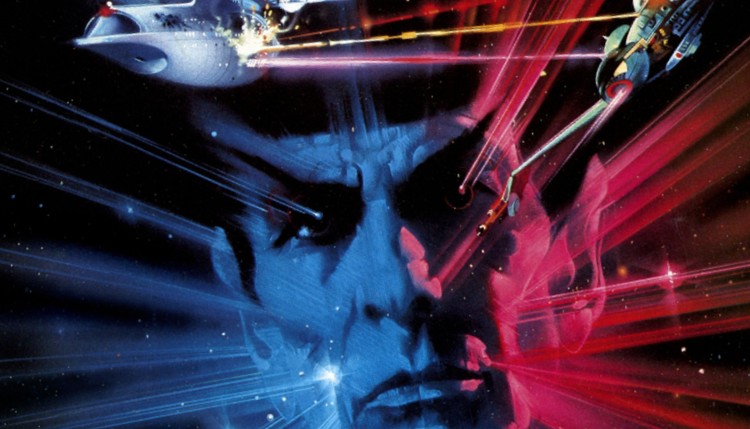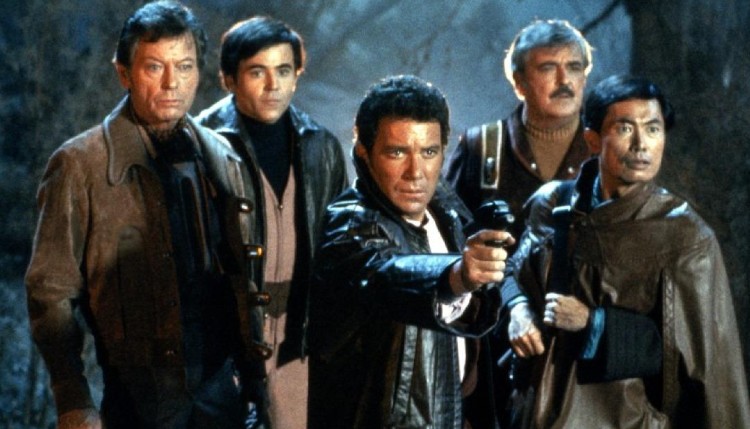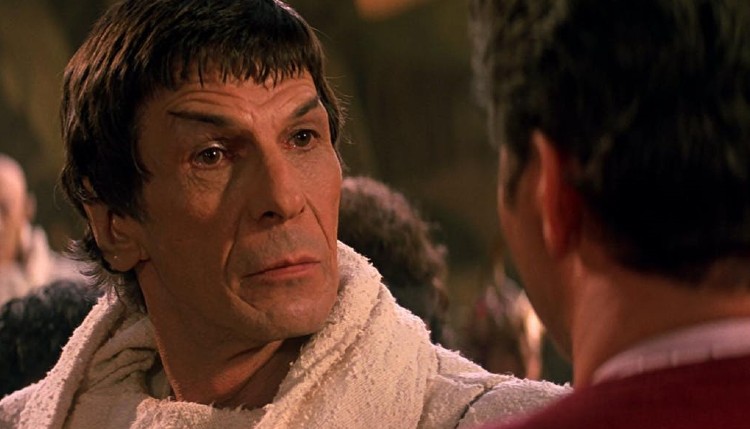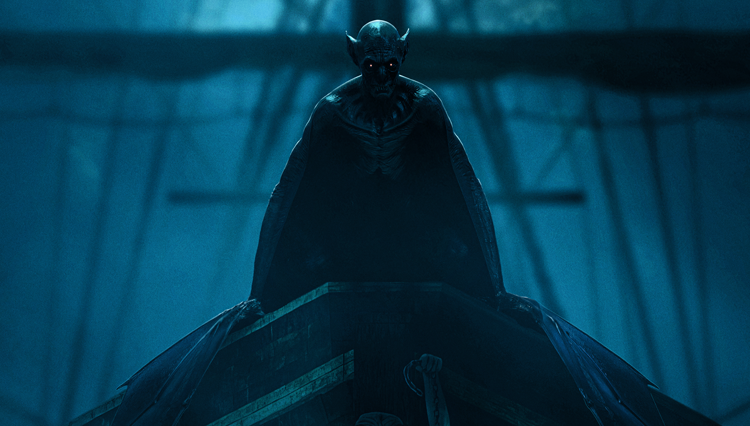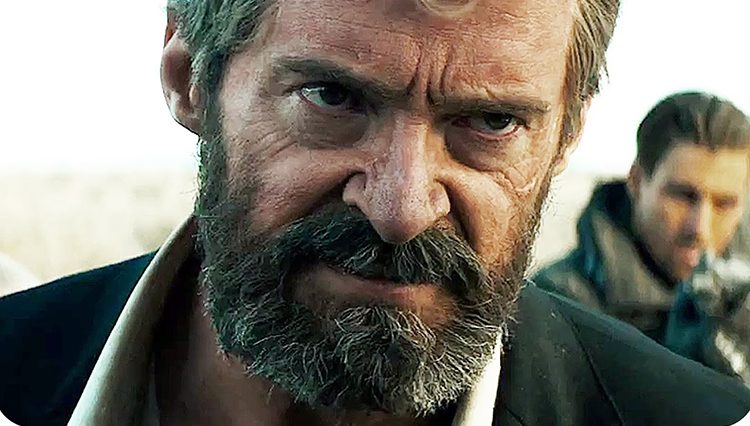Star Trek III: The Search for Spock, 1984 (William Shatner) Paramount Pictures
“I … have HAD … enough of … YOU!”
Star Trek III: The Search for Spock came out at a time that baffled audiences and Star Trek fans. Leonard Nimoy had made positively no bones about the idea that he would never play the part of Spock again. In fact, his participation in Star Trek II was on the condition that the character die. It might’ve been that he was tired of being identified (solely in the pop culture) as Spock. He wrote a book in 1975 titled I Am Not Spock. He would write the follow-up, I Am Spock twenty years later.
It’s hard for an actor when his arguably best or most iconic work occurred at the beginning of his career. Indeed, he had been acting professionally for only fourteen years (in tiny bit parts) before getting the “Cage” script that would launch his involvement with Star Trek. He was an actor who reveled and rejoiced in spirituality and love, but here he was—relegated to a straight-faced, unemotional, cold characterization. There were times when you could see emotion in his piercing eyes without betraying that conceit in the performance.
One of my favorite performances was his concern for a brutalized Dr. McCoy in the third season episode, “The Empath.” Star Trek II: The Wrath of Khan revitalized his interest in Spock so much that he lobbied to direct the third movie, a continuation of the story after Spock’s death in the final scenes. Kirk’s son David (Merritt Buttrick) and Lieutenant Saavik are studying the Genesis planet in the Mutara sector when they come upon humanoid life signs, possibly those of Spock’s as he was buried on the planet’s surface.
Harve Bennett’s script is so brilliantly written, one can easily forget so many other elements that add up to the central idea. Kirk is not only broken after Spock’s death, but his friend Dr. McCoy also (DeForest Kelley) is manifesting strange personality traits. On Earth, he’s visited by Spock’s father, Sarek (Mark Lenard) who informs him Spock still lives in a kind of spiritual and mental limbo whereby he has imparted his soul (called a “katra”) into McCoy’s mind. Spock’s body and McCoy’s mind must be taken to Vulcan where a ritual can be performed to restore Spock and repair McCoy.
Unfortunately, Starfleet forbids Kirk from taking Enterprise (shortly to be decommissioned) to the Genesis planet. Kirk defies orders and steals the ship with Scotty, Sulu, and Uhura’s help. A psychotic Klingon commander named Kruge (Christopher Lloyd) destroys David and Saavik’s ship and orders David’s death. Kirk surrenders and destroys the Enterprise as a boarding party transports over. The Genesis planet is being ripped apart due to the instability of its matrix (a fact I never understood).
It’s staggering to observe that all of this destruction was shot on a soundstage. The movie was filmed entirely on the Paramount lot soundstages. Compared to Robert Wise and Nicholas Meyer, Nimoy is more an actor’s director, spending hours on set getting the best performances out of his actors. The always reliable Shatner turns in an incredible performance that goes far beyond anything he had done on the Original Series. Each character gets a moment to shine and, for once, the characters act as friends rather than members of a crew. This is an altogether different Star Trek movie.


